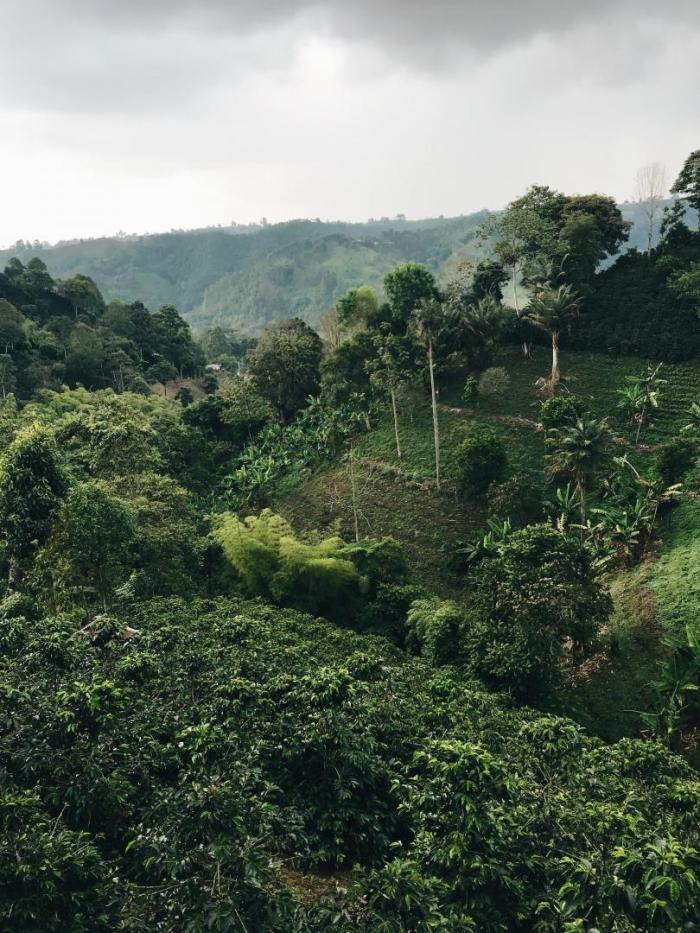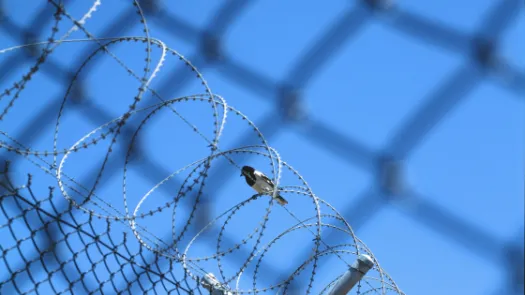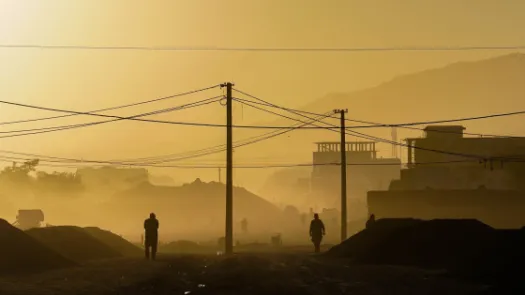
Being the target: Sebastián Gómez
PI spoke to Sebastián Gómez, a land rights defender based in Colombia.

Sebastián Gómez is a land rights defender. He is based in Colombia.
Qn: Please briefly describe your work and the issues/topics you work on.
I am researcher for an organisation working on topics related to the defense of the territory and environmental protection. We operate in different regions, including those which have been historically subjected to violence due to the armed conflict and which are now experiencing a spike in a range of environmental conflicts. Our work consists of supporting communities, social processes, as well as institutions and NGOs.
Qn: What is your understanding of surveillance?
There are different forms of surveillance which may apply in different contexts. In Colombia, surveillance consists of ensuring that things do not deviate from the path, and that the status quo is not challenged.
Qn: What kinds of surveillance or harassment, whether tech-enabled or not, have you experienced?
We have undertaken significant work in the areas which have been historically caught by the armed conflict. That's where surveillance and control is felt the most. In these places, the use of digital or analog methods of surveillance is unusual, but you can perceive surveillance nonetheless through the preservation of social rules by way of the imposition of force or violence, which often relies on tracking and monitoring. In Colombia, there is unfortunately a history of surveillance by official institutions, and government entities set up specifically for this purpose. During the 90s, the entity responsible for surveillance was the Administrative Department of Security (Departamento Administrativo de Seguridad, 'DAS'), which has been disbanded since.
- In 2009, a media investigation revealed that the DAS had surveilled and harassed over 600 public figures. The DAS had the technical capacity to conduct communications interceptions, which it used in operations which later became known as ‘chuzadas’.
Today, surveillance of our organisation is not conspicuous, but veiled. For example, we are able to learn of the identities of the persons that visit our online profiles - such as Linkedin - and often we notice that the users visiting our profiles belong to security companies, army members, and the like. This obviously raises suspicion.
Qn: To what activities do you attribute these incidents?
Organisations such as ours, which support social processes, and in particular organisations which combat state crimes, are exposed to surveillance by government entities. This surveillance is carried out both by state and private actors, who are often affiliated to local political powers. One of the worst consequences of surveillance is finding oneself keeping silent in the face of questionable behaviour, which in some instances constitutes a survival mechanism in order to be able to continue working in these regions.
Qn: Were you able to identify the persons or entities behind these attacks? Were they affiliated to the private sector, public sector or both?
We have been able to identify some armed actors, who are often linked to local powers. Often the nature of the connection is not clear, and on occasion we become aware of the names of those who are tasked with carrying out surveillance, but making complaints to the police is generally a very difficult matter in Colombia, and this is especially the case in the areas where we work. Often, local authorities have to abide by the rules of local armed actors.
Qn: How has your experience of surveillance and harassment impacted your work?
Staying silent and refraining from denouncing things that we witness due to the relationships that we know exist. Our role is to investigate, and on occasion being prevented from telling all due to the potential consequences is quite tragic. Furthermore, the physical security of members of our organisation is often under threat, and colleagues in similar organisations have found themselves unable to visit some areas, or have otherwise been compelled to leave from certain areas in circumstances where they came to learn that their life was at risk. This is a common, yet unfortunate, occupational hazard.
Qn: How has your experience of surveillance and harassment impacted your personal life?
My personal life is largely linked with my professional life and activism. Being prevented from visiting a community whom I have extensively worked with, or having to leave any region suddenly is disastrous not just for the organisation and the work that one does but also for the relationships that one keeps. Changing mobile phone numbers or contact numbers in light of the risk that keeping the same number would entail may have a negative impact psychologically and emotionally, for example.
Some of the activities we had planned in the Pacific region - where the effects of territorial repression are particularly serious - had to be suspended due to threats from an armed actor with clear links to local government. This interrupted a robust initiative which was years in the making to consolidate the work in that specific territory.
Qn: Have you ever sought help from the authorities? If not, why not? If yes, what was the result?
At least in some sectors, the relationships between armed actors and local government tend to be tightly knit. We have received support from national and international organizations. We have laid a couple of complaints, but they never move ahead and that’s generally the end of it. Or sometimes the answer is that the authorities are unable to do anything about the issue. In such cases, the support of organisations like ours are particularly important, with whom we have a strong solidarity.
I have not received support from the UNP (Protection Unit), and I haven’t sought it. However, in light of the generalised risk landscape, we have sought and obtained the support from the UNP for communities that we work with. We were able to obtain a mobile phone with a direct communications channel to the UNP, and bulletproof vests for local leadership groups.
Qn: In your country, what are the main obstacles to accountability and/or redress for HRDs?
The main obstacle would be decontextualised justice. The areas where the main violations of human rights occur, and where the violence is most concerning, are those which are completely abandoned by institutional justice and the state. Irregular actors are able to enforce their own version of justice, which increases the risk of violence and creates further distance from institutional justice. The main difficulty is therefore the exercise of contextualised justice within the reach of the resident populations.
Similarly, Colombia hosts multiple corruption issues. If one analyses the links between instances of aggression to human rights defenders and the places where they occur, one finds that these incidents tend to happen in territories that are deeply buried under a sprawling net of corruption. The actors behind corruption do not merely seek to obtain benefits from the state to guarantee the advancement of their economic group or political party, but also to incentivise ande encourage violence against those who defend their territory. There is a strong connection between corruption and violence here, which is one of the key conductors of human rights violations in our country.
There’s a multitude of environmental conflicts, which came to the fore after the peace agreement was signed between the government and the FARC. Prior to that, the focal point of tension and conflict did not concern environmental issues. But recently, the potential for mobilisation has increased around issues touching upon the defense of the territory, nature and diversity, and the harassment suffered by human rights defenders. Human rights defenders are in the spotlight across all political sectors because they are seen as the main obstacle to the state consolidating its own territorial projects. Despite the fact that we have lived a tradition of war, the violence against whoever defends a political argument persists, for which many people are persecuted and murdered, whether at the hands of political or private actors.


